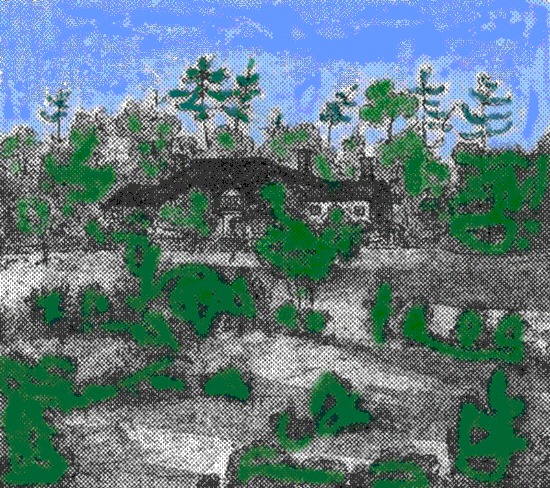

Set prominently on the heights above the ravine, Sheriff William Jarvis’s Rosedale would have been a striking sight to 19th century travellers using Yonge Street. It was located on part of an original two-hundred-acre farm granted to Captain George Playter in 1796. Jarvis acquired the western 110 acres in 1824. Mary Jarvis named the estate for the wild roses that bloomed on the property. In 1835, Jarvis, using plans drawn by John Howard, added two new wings containing bedrooms, a morning room, a large verandah, a grape house, a peach house and a conservatory. Orchards, quiet arbours, rose gardens, and masses of flowers surrounded the house. Sheriff Jarvis was a hero in York for defending the town in 1837, turning back the rebels to Montgomery’s Tavern.
In 1853, Jarvis sold most of the estate to a developer, who registered a plan that divided a hundred acres into sixty-two lots and laid out a number of curving streets Avondale, Rosedale,Crescent, South Drive, and Park Road. The subdivision was called Rose Park. Jarvis reserved the Rosedale house and twenty acres, and his three married daughters and their husbands lived there after Mary died in 1854. William died at Rosedale in 1864, and the remaining estate was subdivided and sold. In 1875, D. L. Macpherson bought Rosedale for his daughter, Christina, who lived there with her husband, Percival Ridout, until it was demolished in 1905 to make way for Cluny Drive. From Sheriff Jarvis’s farm had grown a park-like suburb that eventually drew Toronto’s elite from Jarvis and Sherbourne Streets. (For more about Rosedale and the Jarvises, see “The Estates of Old Toronto” by Liz Lundell and “Rosedale” by Bess Crawford).
